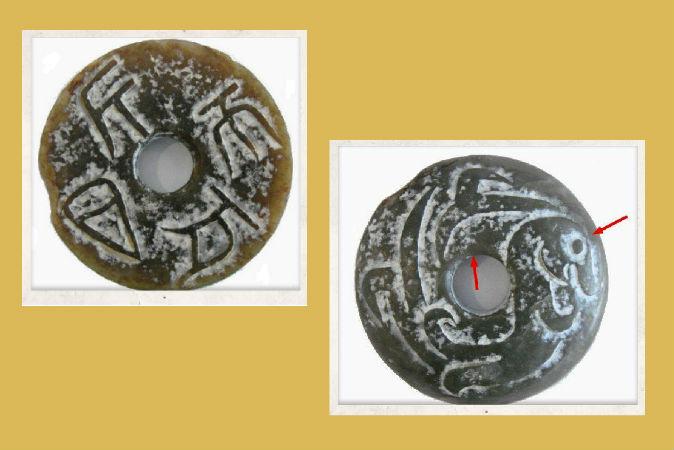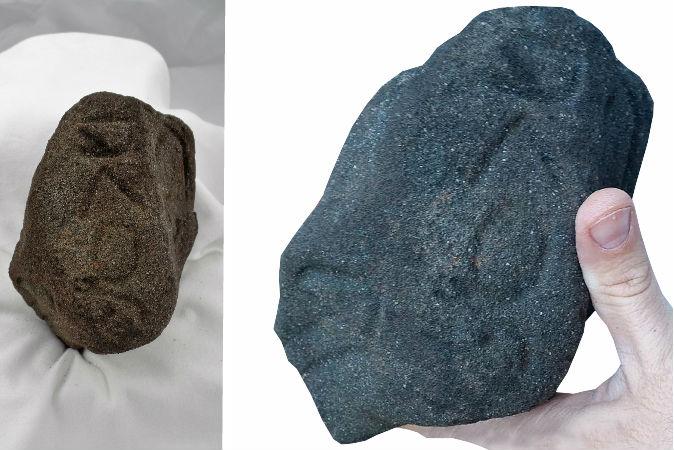What may be an ancient Chinese artifact mysteriously appeared in a small garden next to a pond, on a heavily wooded acreage in a remote and sparsely populated area of Harrison County, Ky.
“It was just laying there,” said the finder, recalling the moment two years ago when his quest began to understand what the disc is and how it got in his garden. It’s been a frustrating, inconclusive quest. With a look on his face of expecting me to have all the answers, he asked, “How do you think it got here?”
As with other such artifacts, which appear to be of ancient Chinese origin found in North America without supporting contextual information, I could only respond that there are multiple possible explanations.
A more informative answer came from the Burke Museum in Washington State. After reviewing a photograph of the artifact, the museum essentially replied that it could not identify the object but that similar objects have been found on the west coast of Mexico. “It should not have been found in your part of the country,” the reply stated.



